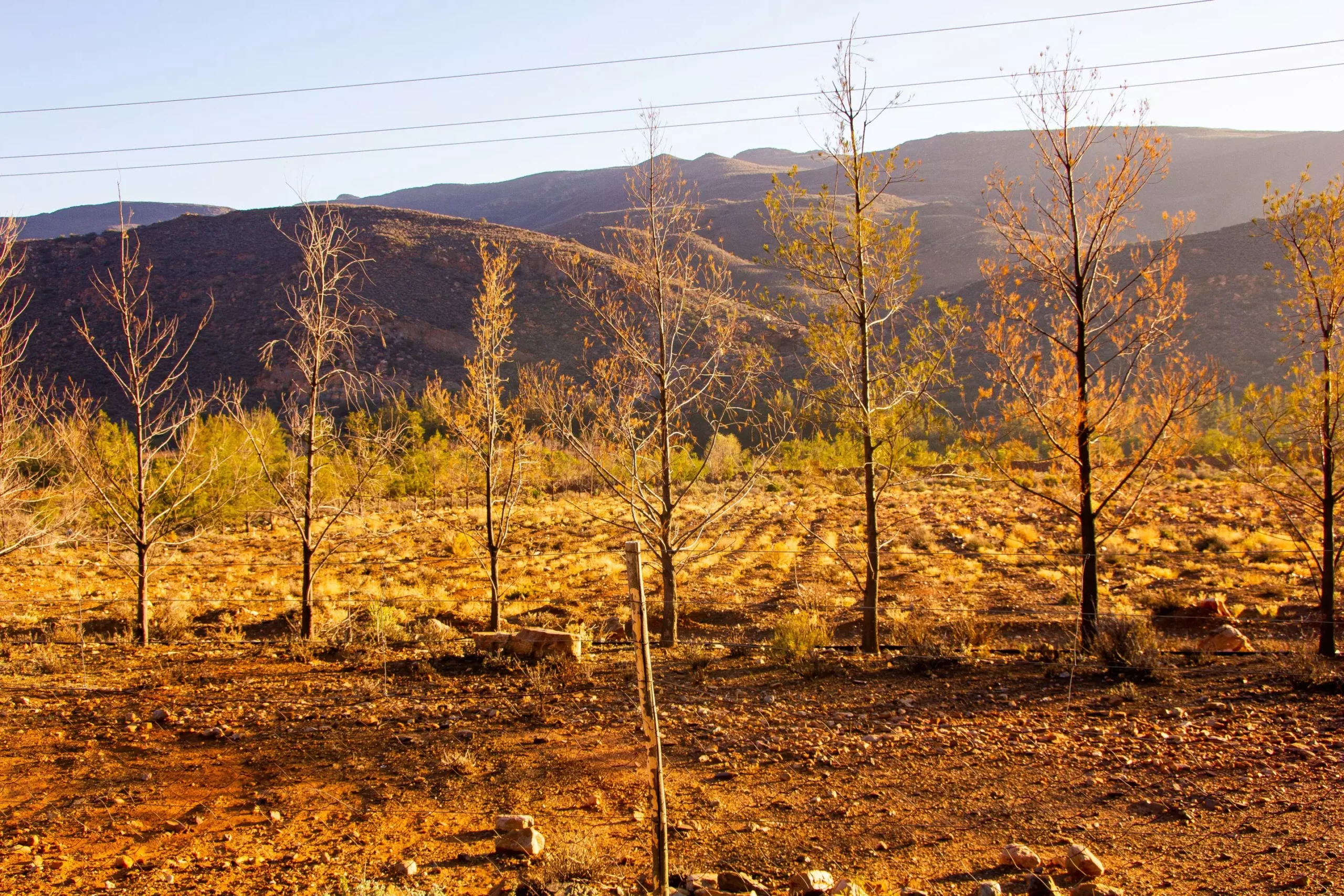Recent research emerging from The Ohio State University underscores a stark reality regarding North America’s changing climate: regions are experiencing contrasting weather phenomena. While the American Southwest and parts of Mexico grapple with prolonged droughts, the Northeast is witnessing an increase in precipitation, leading to wetter conditions during crucial seasons. These emerging seasonal trends are not merely fluctuations; they are indicative of a broader shift in climate influenced heavily by anthropogenic forces. The findings, rooted in detailed analyses of precipitation data, historical tree-ring studies, and sophisticated climate models, suggest that North America is heading towards increasingly extreme weather patterns.
As we look toward the future, these patterns are projected to intensify, resulting in a climate characterized by pronounced extremes. The implications of this research are profound, as it not only identifies the symptoms of climate change but also clarifies the geographical and temporal dimensions of these phenomena. As climate scientist James Stagge notes, the dichotomy between the arid conditions of the Southwest and the moist climates of the Northeast provides essential insights into the local impacts of a globally changing climate.
A closer examination of the results from the analysis reveals significant regional disparities in precipitation patterns. Stagge emphasizes that while the Southwest is trending drier across almost all seasons, the Northeast—including Ohio—faces a wetter future, especially during winter and early spring. This polarization challenges traditional water management strategies, as the fluctuating conditions will demand innovative approaches to both water conservation and resource allocation.
The unpredictability associated with this shifting climate, particularly in the central United States, poses significant challenges. The predicted oscillation between extreme droughts and intense pluvial years complicates planning efforts for water resource management. Stagge’s apprehension about this variability highlights a crucial insight: water managers must prepare for an era marked by conditions that can pivot dramatically from one year to the next, complicating their responsibilities to ensure stable water supplies.
In framing their findings, researchers have juxtaposed modern precipitation data against historical records dating back to 850 AD. This long-term perspective emphasizes that the current trends of drought and intense rainfall are not merely part of regular weather patterns but represent a significant departure from conditions experienced prior to the industrialization of the mid-1800s. Former graduate student Kyungmin Sung articulates the monumental scale of this climatic shift, underscoring how current trends diverge sharply from historical variability.
This historical lens is vital. By examining centuries of data, researchers can robustly assess the magnitude of climate change impacts, offering a clearer picture of future trajectories. The comprehensive approach of merging various data sources—tree-ring analysis, modern precipitation records, and advanced climate models—provides a multifaceted view of climate dynamics. This rigorous methodology reinforces the legitimacy of the findings and enhances confidence in the predictions made.
The ramifications of these evolving precipitation patterns extend beyond environmental realms; they will critically impact several industries, including agriculture, construction, and urban planning. As these sectors rely on predictable weather patterns, the escalating fluctuation between drought and pluvial conditions will necessitate adjustments in operational strategies. For farmers in drought-prone regions, the necessity of adapting to increasingly scarce water sources becomes paramount. Similarly, cities located in regions experiencing heavy rainfall must enhance their stormwater management strategies to mitigate the risks of flooding.
Water-resource planners and government agencies face an uphill battle in devising effective adaptive strategies amidst these uncertainties. Stagge’s insights suggest that while there is a desire to pivot towards sustainable practices in light of climate change, the current lack of comprehensive data complicates these efforts. There is an urgent need for enhanced modeling and forecasting techniques that incorporate the rapid changes occurring within local climates.
The ongoing research presents a clear call to action. As communities navigate the implications of these shifting weather patterns, an urgent need arises to prioritize proactive measures in climate adaptation and water resource management. The findings serve as a warning: we must recognize and prepare for a future marked by extremes that challenge our traditional norms of living, working, and planning. As Stagge aptly notes, arresting further climate change remains a long-term goal, but immediate actions are vital to mitigate its far-reaching effects, ensuring communities are equipped to handle the challenges that lie ahead.


Leave a Reply